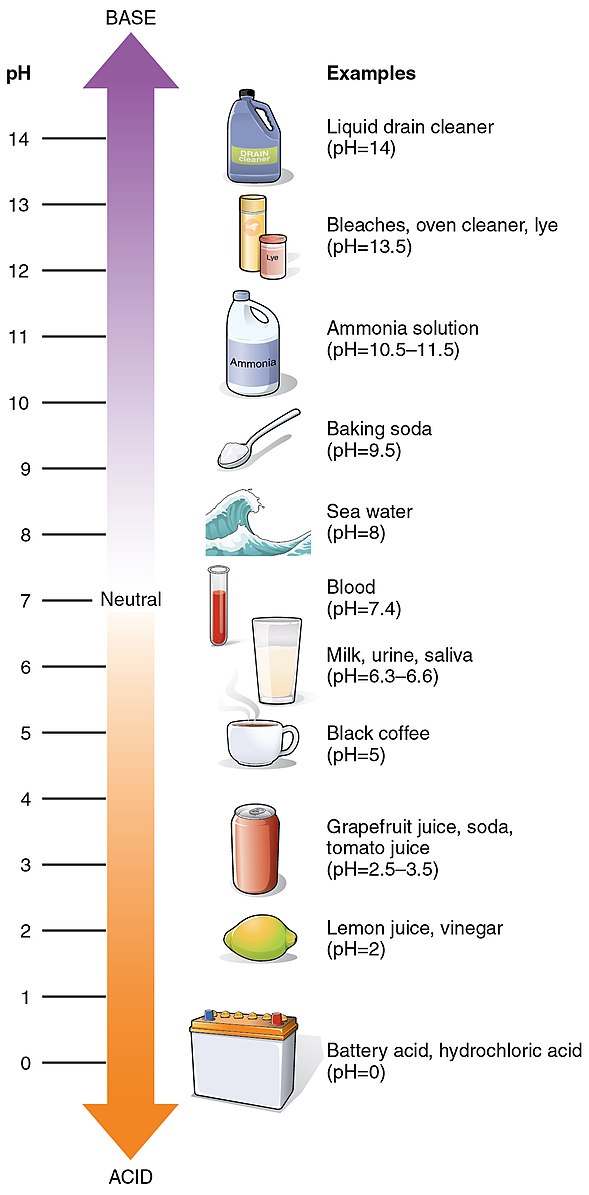The pH value of copper oxide in water is not a straightforward measurement, as copper oxide does not directly form an aqueous solution with water to create a pH value. However, when copper oxide nanoparticles (CuO NPs) are introduced into water, the pH of the solution can affect the solubility, surface charge, and other properties of the NPs.
Understanding the pH of Copper Oxide in Water
At a pH of 9, the oxygen-containing groups at the surface of CuO NPs are mostly deprotonated, which affects their solubility and surface properties. The solubility of CuO NPs declines at pH values above 6, with less than 0.6% of the total Cu observed at pH 7. The ζ potential of CuO NPs is positive at pH values ranging from 3.0 to ~8.5 and remains negative at alkaline pH values of 9.0-11.0. The isoelectric point (pH iep) of CuO NPs is observed at/near pH 8.6, where the ζ potential and hydrodynamic diameter (HDD) are the highest among all the tested pH values.
The Effect of pH on Copper Ion Release
 Image source: OpenStax College
Image source: OpenStax College
The pH of the solution can also affect the release of Cu2+ ions from CuO NPs. At highly acidic conditions, H+ ions react with CuO NPs and release a substantial amount of Cu2+ ions, while at alkaline conditions, the high concentration of OH- may induce the formation of Cu(OH)+ complexes.
Balancing the pH of Water Containing Copper Oxide
In terms of home remedies, it is important to note that while copper is an essential nutrient for humans, exposure to high levels of copper can be harmful. The Environmental Protection Agency (EPA) has set a maximum contaminant level (MCL) for copper in drinking water at 1.3 mg/L. If you are concerned about the pH or copper levels in your water, you can have your water tested by a certified laboratory.
To balance the pH of water containing CuO NPs, you can adjust the pH by adding acid or base. However, it is important to note that changing the pH can also affect the solubility and stability of the NPs. Therefore, it is recommended to consult with a water treatment professional before making any adjustments to your water.
Conclusion
In summary, the pH of copper oxide in water is not a straightforward measurement, but the pH of a solution containing CuO NPs can affect the solubility, surface charge, and other properties of the NPs. Exposure to high levels of copper can be harmful, so it is important to ensure that your water is within the EPA’s MCL for copper. If you are concerned about the pH or copper levels in your water, you can have your water tested by a certified laboratory and consult with a water treatment professional before making any adjustments.
References:
– What is the pH of copper trioxide? – Quora. Available at: https://www.quora.com/What-is-the-pH-of-copper-trioxide
– The Removal of CuO Nanoparticles from Water by Conventional Methods. Available at: https://www.ncbi.nlm.nih.gov/pmc/articles/PMC6429111/
– EPA. Copper in Drinking Water. Available at: https://www.epa.gov/ground-water-and-drinking-water/copper-drinking-water
